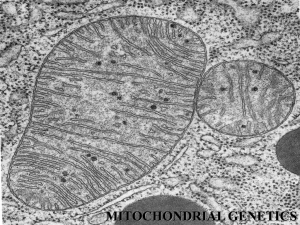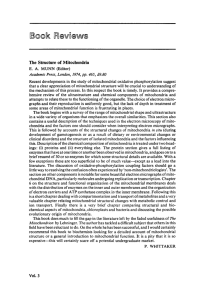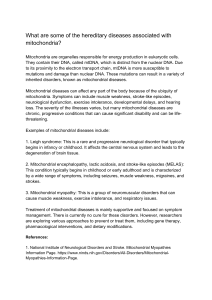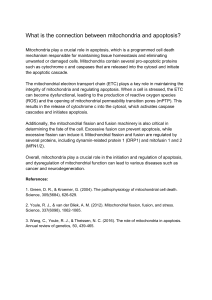Kearns-Sayre Syndrome
advertisement
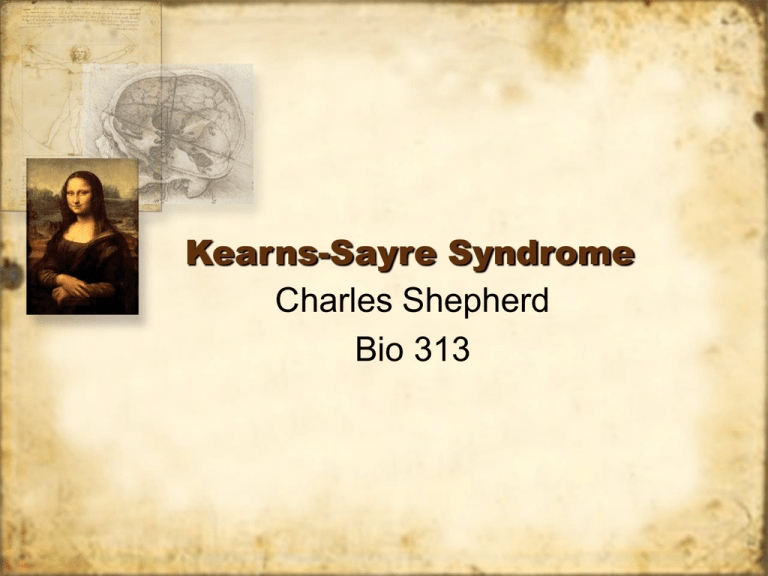
Kearns-Sayre Syndrome Charles Shepherd Bio 313 Background • Rare neuromuscular disorder • • Effects mitochondria • • • Large duplications or deletions in mitochondrial DNA (>1000bp) results in under or over production of mitochondrial gene products 1/3 cases 4977bp deletion Randomly effects people • • Only 226 cases reported in literature only isolated reports of any kind or inheritance pattern Prognosis • • Depends on severity Severe cases 85% muscle mitochondrial genome affected Symptoms • Onset before 20 and includes • • • • • • • • • • Immobile or limited eye movement Abnormal pigment in eyes Cardiac problems or congestive heart failure Muscle and skeletal weakness Short stature Hearing Ataxia (coordination problems) Diabetes Dementia and other mental illnesses Affects systems with higher energy requirements most Diagnosis • Southern Blots using samples taken from affected tissue – Isolate mitochondrial DNA from affected tissue • • • • 16.5 kb = normal Additional larger or smaller bands found by probes = duplication or deletion Accumulation of symptoms Check the protein and lactate levels in the cerebrospinal fluid • if present, the levels are elevated. Treatment • Supportive • • • Syndrome becomes worse with time inevitably fatal Symptomatic • • • • • • Heart Muscle Hearing Diabetes Vision Drugs Noticed Anomalies in lab studies • Changes in grey and white matter levels in various parts of the brain • • Many help explain dementia seen in some individuals Abnormally large irregularly shaped mitochondria in heart and skeletal muscle References • • • http://www.ninds.nih.gov/disorders/kearns_s ayre/kearns_sayre.htm http://www.emedicine.com/ped/topic2763.ht m Pasternak, J. J. An Introduction to Human Molecular Genetics: Mechanisms of Inherited Diseases. 2nd ed. New Jersey: Wisley, 2005.


